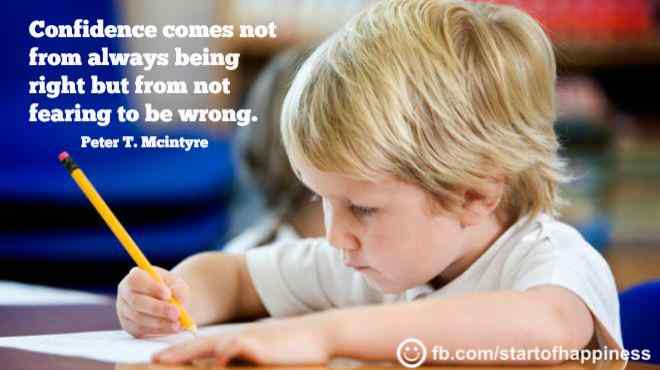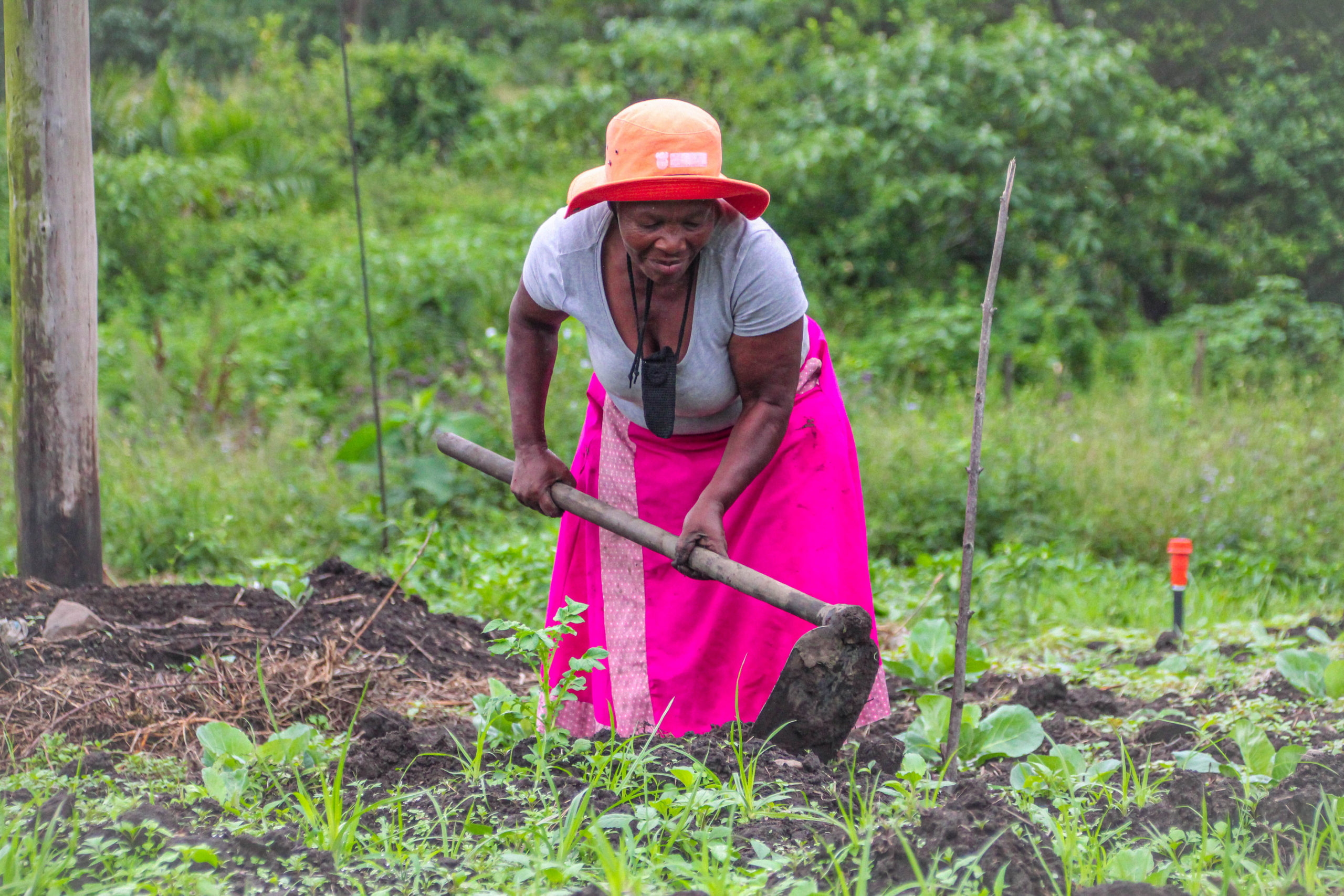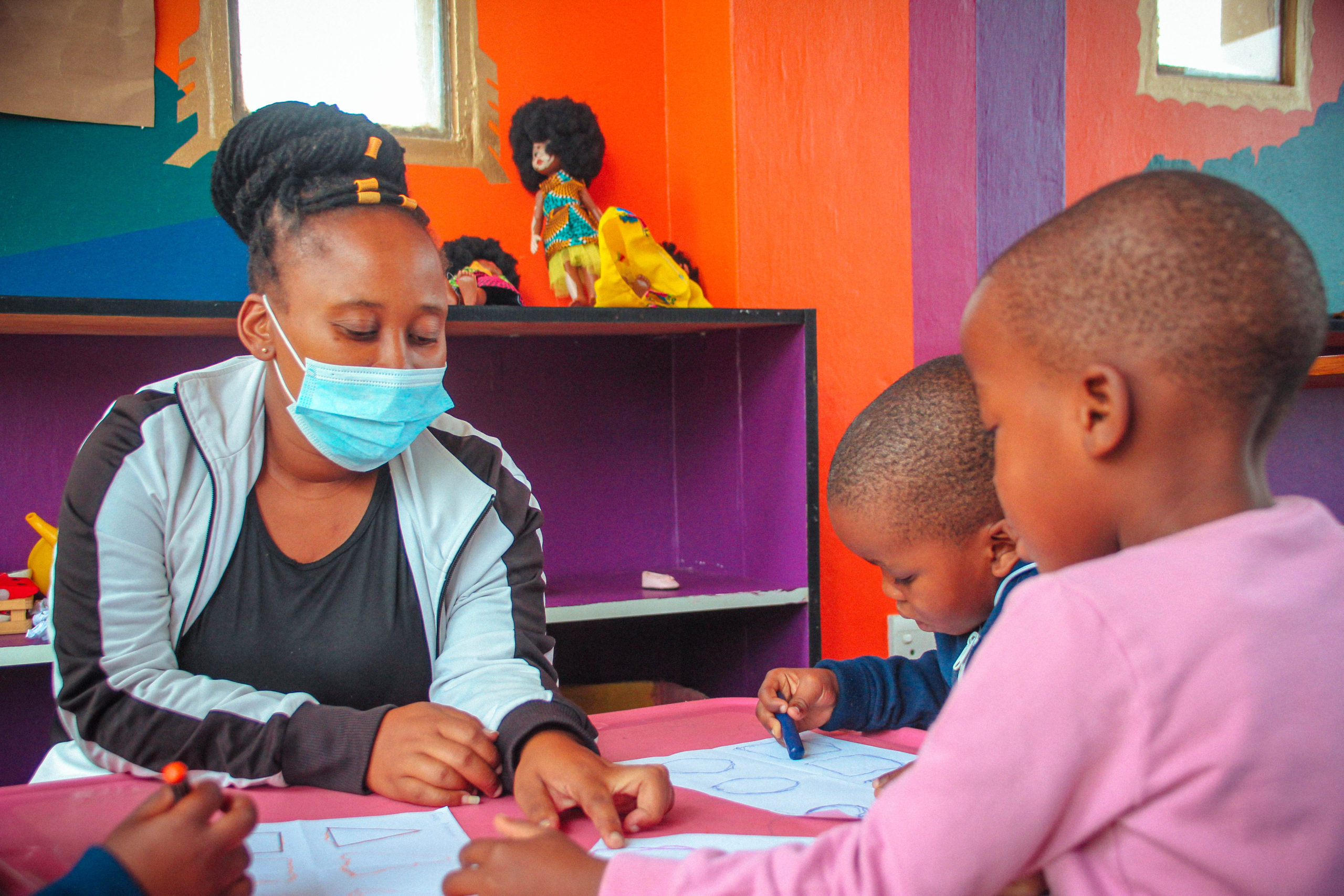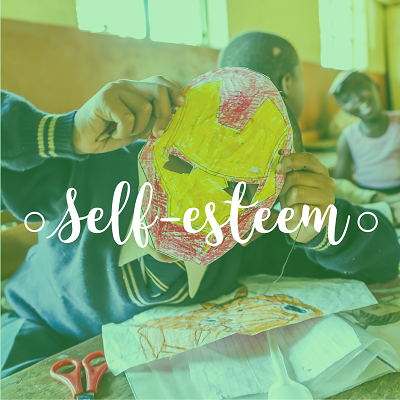
A safe classroom allows children to brainstorm new ideas without judgment or fear of ridicule or punishment. There are no “dumb questions” and curiosity is favoured. Children do not want to retreat from wrong answers, but instead explore new perspectives and topics. We define self-esteem as: children have the confidence to be themselves, respect others, and make healthy decisions. Could addressing safety in a classroom lead to a greater sense of belonging and therefore heighten self-esteem, improve relationships, and spark creativity? And, how can we create those safe spaces? Safety is a broad area to consider and needs for physical safety, a secure environment and emotional safety all go hand in hand. In this article, we are focusing on the emotional safety of children in the classroom and how safe spaces can lead to self-esteem.
1. Be a student yourself
We believe in lifelong learners. A teacher can and should make mistakes and not pretend that they know everything. Our model is rooted in the idea that the most effective learning takes place in an active learning environment where fun is encouraged and people are allowed to make mistakes, which applies to both children and adults. We create opportunities for growth for facilitators through initial and on-going training. On this basis, while there is some structure to our training sessions and our facilitators are required to follow a curriculum outline, the central aim is not covering material, but rather creating educational experiences. It is important to create an environment where learners (both our facilitators and the children) have autonomy and freedom to explore lessons that may arise and indulge in side projects that seem interesting. Learning may move at different paces, and we not only allow, but plan for the unplanned. An educator should be someone who is curious, who loves learning, who is creative and empathetic, who thinks critically and who has a healthy self-esteem. They will naturally pass on these skills to the children in their classes.

2. Involve and invite students in the process of education
Our facilitators have an incredible bond with their students. 3 months ago we wrote a detailed blog on how to create this bond that you can read here. We work to create a team mentality and give children a sense of belonging. People naturally want to feel loved and accepted in all areas of their life. Schools can provide a sense of belonging that helps children build healthy relationships and self-esteem, opening up avenues for crucial support. In this environment, students are given ownership and responsibility over their own successes. A classroom can think of ideas together, making learning fun and exciting every day. Self-esteem is nurtured when children are given opportunities to contribute to their world and the well-being of other students in the classroom. And when students contribute they are more motivated to do well. A win for everyone!
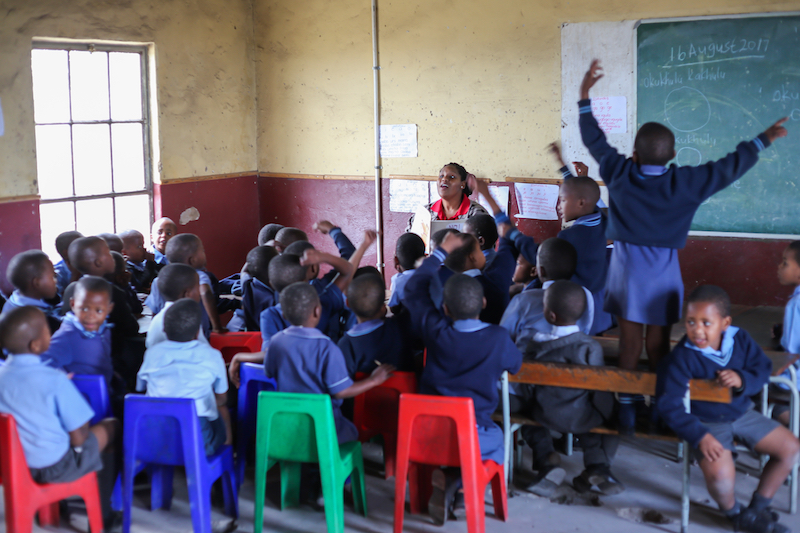
3. Create resiliency and encourage risk taking
Numerous research studies have shown that the practice of grading reduces a student’s interest in learning, discourages him/her from seeking out challenging tasks, and actually hinders the quality of a learner’s thinking. Author Alfie Kohn explains that traditional grading kills children’s natural curiosity and the urge to be challenged, as the threat of failing becomes too great. In this strict environment it is not safe to make mistakes, so children simply do the minimum of what is required as best they can, and avoid seeking further educational challenges or taking risks in their own learning. Kohn further explains that part of the problem is the pressure placed on teachers to cover material –teachers perceive questions as disruptions and tend to dislike children who ask these questions – killing children’s natural curiosity. The best learning takes place in environments that are not constrained by strict rules, or fueled by competition, and optimum learning often happens where tangents can be explored. Unlike traditional standardized tests, hardships or mistakes are experiences from which we learn – building the very important life lesson of resiliency.
4. Teach for every child in the classroom
An educator should know each and every child in the classroom and teach them in ways that they learn best. This may require flexibility and constant changes in the learning style, but that’s a good thing! This year our facilitators completed Disability and Inclusion Training in order to help them recognize different scenarios in the classroom and be inclusive. Some students often use coping strategies for hardships they may experience at home, such as bullying or violence, to feel better. Instead discuss it, without calling the student out, through topics in class and recognise it internally as an opportunity for a student to build higher self-esteem. Then, school can be fun safe space children can escape to when other aspects of life are difficult.
5. Go through a healing journey
A classroom can be a healing experience to overcome past traumas. Our facilitators have already undergone Journey into Healing and now students have the opportunity to feel comfortable and confident to open up in activities in order to work through their own struggles. An example in which we do this uses Shel Silverstein’s book, The Giving Tree, where grades R and 1 are encouraged to reflect on their own lives and make tree rings to represent different identities or experiences that make up who they are. This can help to clear blocks that are in the way of developing essential skills for learning and ultimately help children to feel good, which is a much more natural state of being.
6. Present, present, present
Presentations in front of the class or performing for a new audience is self-esteem in practice and education is the perfect platform. Through discussions, art projects, poems, dramas and more, children become comfortable getting in front of the class and confident to share their work. In a supportive team environment this is an opportunity to shine and show mutual respect!
We recently interviewed some of Thanda’s current longest-attending participants about why they love Thanda! Their response may or may not surprise you.
https://www.youtube.com/watch?v=J4yFlWUiyjc&t=6s
In conclusion…
A person with healthy self-esteem believes that they are doing the best they can. They accept that life isn’t perfect and can roll with the punches. They are comfortable with who they are and can get through things that don’t turn out the way they expected – which is a skill that goes well beyond the classroom. Life is not always a safe space, but as educators we can, and should, make a classroom safe for the well-being and positive development of children.
